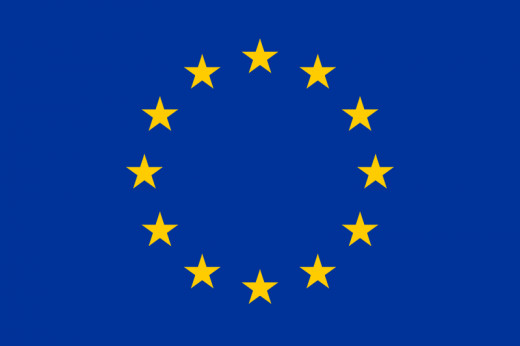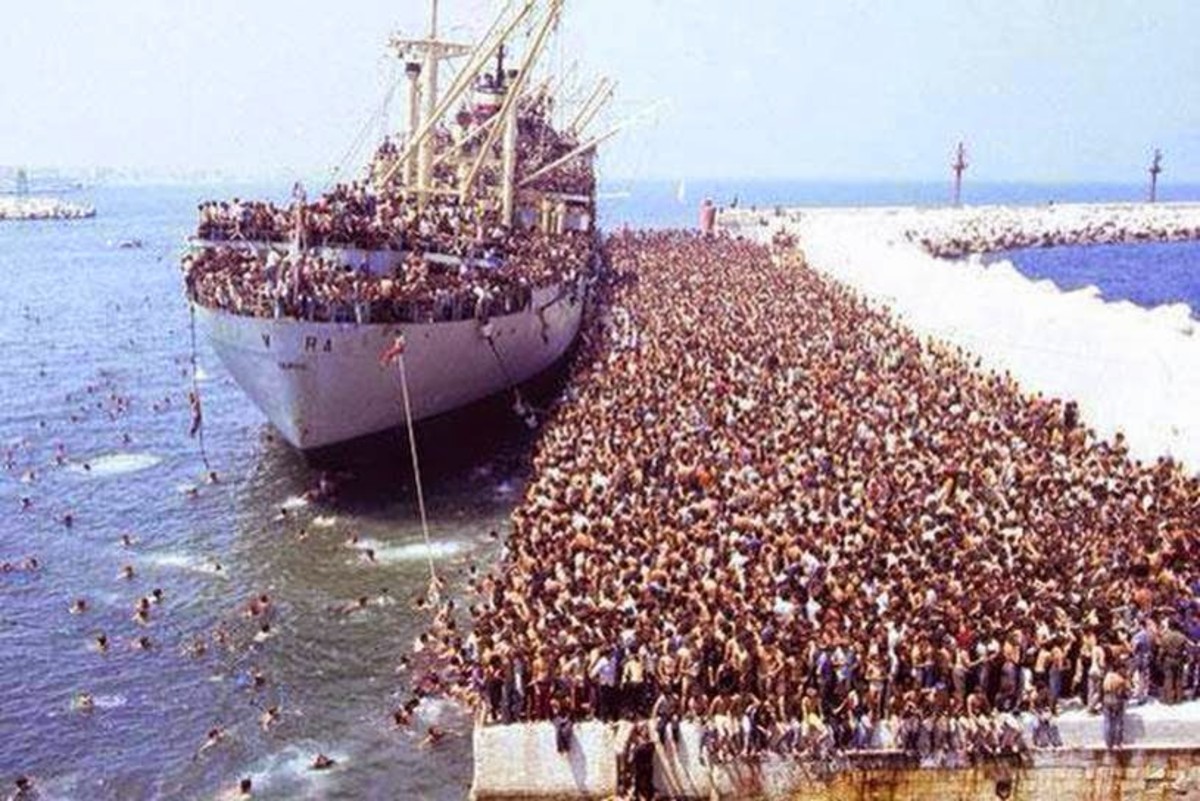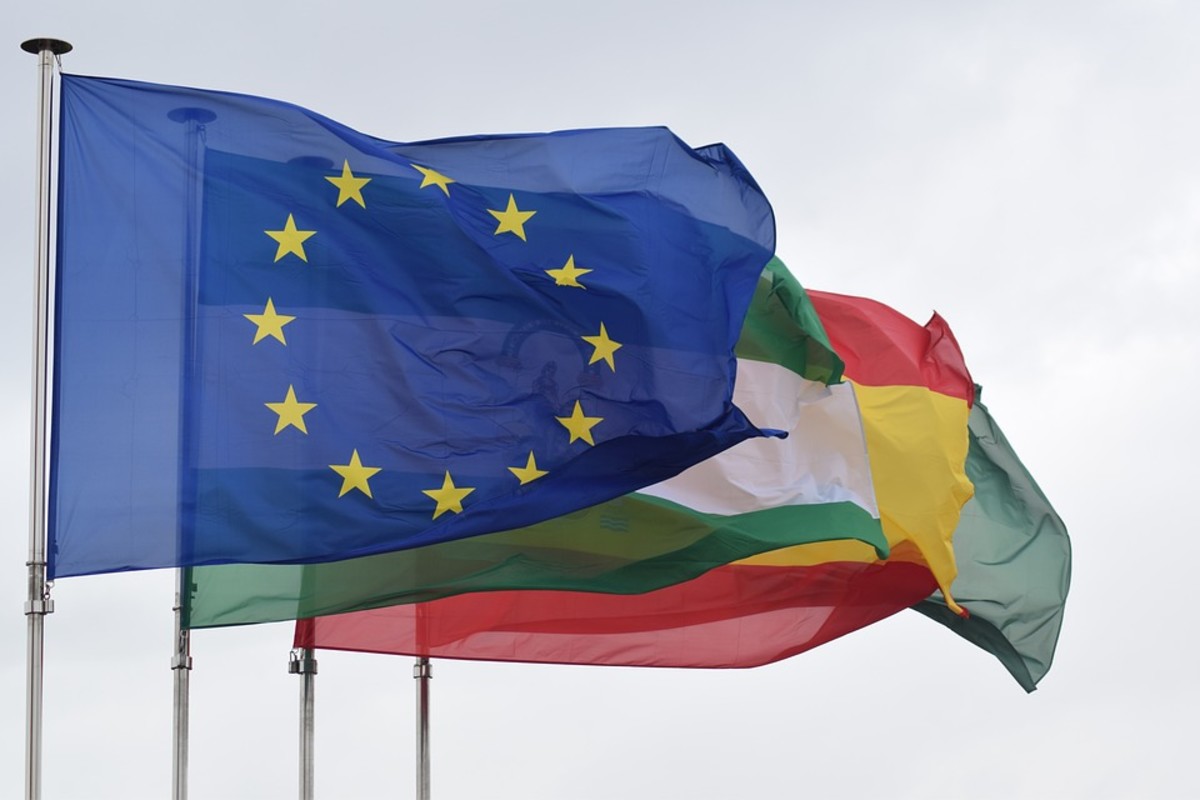The European Union Explained: What Is the EU and How Does It Work?

What is the EU and how does it work?
The European Union was created to obtain amicable relations between France and Germany and maintain peace throughout Europe preventing further wars. It was founded on treaties signed since 1945 but the Treaty of Rome in 1957 (effective 1958) is considered the foundation as this set out the European Economic Community. The ‘European Union’ was though officially formed in 1993, after the signing of the Maastricht Treaty, as previously it had been the European Community. Overall, the EU attempts to overcome nationalism, make international law binding, and increase capacity for joint decision-making between states.
The economic goals of the EU quickly became prevalent. The initial six countries (Belgium, France, Germany, Italy, Luxembourg and the Netherlands) ‘came together and signed a treaty in 1951 to establish the European coal and steel community and another treaty in 1957 to establish the European Economic Community’(Dinan, 2005; 2). The European Economic Community established an ambitious economic objective for the blooming EU. It aimed to establish a single market allowing free movement of labour, goods, services, and capital between member states; aims furthered by the Single European Act, 1986. The 1992 Maastricht Treat aimed for Economic Union through single common currency and macro economic policy coordination. It also created the ‘pillar structure of the European Union’ consisting of; ‘European Community’, ‘Common Foreign and Security Policy’, and ‘Justice and Home Affairs’ (Bomberg, 2007; 5). The EU became an IO attempting to promote competition and encourage effective regulation, teaming national sovereignty to gain more effective power.
The European Union functions on a system consisting of four main institutions; Commission, Council, Parliament, and the Court of Justice. This works within a system of Multi-level governance as discourse is opened up between many levels. The European Commission acts alongside European Parliament and the Council to govern the EU. The Commission is regarded ‘the Union’s most important institution, [established] directly to regulate competition between firms across the Union: [having] direct power to prosecute and fine firms that break EU regulations’ (Moran, 2005; 97). It effectively monitors member states to ensure compliance while also acting to propose and implement most legislation. Commission Members are independent and non-elected; forbidden from taking instruction from the government who appointed them. The Council of the EU is portrayed as having a hierarchy of levels with the European Council at the top. This is considered a simplified explanation but the reality is too complex to outlay here. The European Council consists of the 25 heads of state and government involved in the EU. ‘Overall strategic guidance for the EU is supplied by the European Council…[members] have assumed extensive responsibility for such key subjects as institutional reform, the budget, enlargement, and foreign, security, and defence policy’(Cini, 2007; 258). The Council acts to represent its member states by population with these members, taken from national governments, able to vote on all legislations. The Council also has a six month rotating President who is ‘responsible for planning, scheduling, and chairing meetings of the Council and European Council’ (Cini, 2007; 159). Rotating Presidency between member states ‘acts as a great equaliser between big and small states’ (Cini, 2007; 159). The European Parliament has ‘732 members from the 25 member countries [who are] subject to re-election every 5 years’ (Moran, 2005; 107). Each member state is allocated with a number of MEP’s based on the states population: Germany has 99; France, Italy, and the UK have 72 members etc. Gradually the functions of the Parliament have augmented into ‘notably three areas; legislation, budgetary decision making, and supervision of the institutions of the Union’ (Moran, 2005; 106). MEP’s are required to maintain relationship with constituents of their country and represent them. With the Council of Ministers, the European Parliament acts to approve nearly all EU legislations, expect in foreign policy. The European Court of Justice ensures that EU laws are equally implemented by member states; rulings issued are binding on member states. It ‘consists of 25 members, one from each member state, nominated by member governments for renewable terms of six years’ (Moran, 2005; 109). From these 25 members a President of the Court is elected.
The EU also possesses legal authority similar to that of a federation. EU law has ‘direct effect’ meaning ‘some provisions of Community law may give rise to rights which individuals…can enforce before national courts.’ (Kaczorowska, 2008; 299). This ensures individuals rights to the extent that they can sue their national government. ‘The legislative process in the Community involves the participation of different institutions at different stages of the process’ (Kaczorowska, 2008; 188). The majority of legislative acts adopted are the result of institutional interchange between the Commission, the Council, and the European Parliament; usually initiated by the Commission. The final say belongs to the Council as it can, if unanimous, override the EP. EU law also has supremacy as member states must apply EU law even if it clashes with national law. EU law is therefore more sovereignty constraining than most IO’s as member states are subordinate. However, the EU and it’s laws rely on voluntary consent of members. The European Court of Justice decisions can only be implemented and executed by national administrations; there are no EU forces to enforce compliance. These laws crossing all borders of EU members has begun to cause a Europeanization of the states.
The EU has 27 member states, nearly 500 million citizens representing 30% of global wealth. As economy is a primary concern; a lot of what the ‘EU does is designed to create the conditions of enhanced economic integration through market-building’ (Bomber, Peterson, Stubb, 2008; 81). Economic actions of the EU include issuing legislations establishing rules for a common market; supervising member state compliance with these rules; overseeing the single currency of the Euro; and representing member states in international trade negotiations. Within the EU there is a continuing battle between ‘competing views about the right balance between state and market, and the role of the EU in social regulation’(Bomberg, Peterson, Stubb; 81).
The EU does have further functions by: setting minimum environmental protection standards; setting common rules on immigration and asylum; enhancing policy and judicial co-operation; and co-ordinating foreign policy, especially in aid, democracy promotion and neighbourhood policy. The formal competences of the European Union are separated into three categories of exclusive, shared, and supporting. Exclusive covers the customs union, Euro zone monetary policy, competition law, common commercial policy, conservation of marine resources. Shared are the internal market, certain social policy, agriculture and fisheries, the environment, consumer protection, transport, energy, border control, immigration, justice. While supporting regards education, research, tourism, and sport. The EU prioritises funding where it is needed most, the biggest spending is on agriculture and regional funds. Agriculture and regional spending means redistributing money to EU countries which leads to split between net contributors and net beneficiaries as some countries contribute much more than they benefit monetarily.
Despite being a model for how an IO can pool state sovereignty the EU is still fraught by effectiveness issues. Majority votes in the Council are difficult to achieve causing a ‘joint-decision trap’. Allowing national vetoes on tax and agriculture results in reforms in these policies being impossible. It also lacks a figurehead to provide leadership and co-ordination. Also, the member states being so fundamentally different can cause significant problems when it comes to making decisions as interests are divided between the rich and poor, big and small, welfarist and free market etc. Consequently, the EU is often slow to respond to challenges such as energy security and foreign crisis. The whole political process within the EU is complex and with the council voting in secret it is impossible to establish accountability. The EU priorities also seem to favour the common market over national welfare. A lack of sanctions on the Commission means a total lack of political responsibility; each state avoiding any blame even as they implement rules they helped create. This results in a clash between EU legality and national legitimacy.
In conclusion, the EU is an extraordinarily powerful and stable IO which has a legitimate legal authority over its voluntary member states. The incentives and practices of politics and policies within member states have been altered by EU integration causing a Europeanization. It’s complex Multi-level governance structure though has a fundamental complexity issue and it is this same complexity which leads to great accountability issues. The EU is unique in itself as a case of political integration; it is beyond free trade and forms an economic union with binding law and common foreign policy. It is the most powerful supranational parliament in existence.
Bibliography
Cini, M. 2007. ‘European Union Politics’. Oxford; Oxford University Press.
Bomberg, Peterson, Stubb. 2008. ‘The European Union: How Does it Work?’. Oxford; Oxford University Press.
Dinan, D. 2005. ‘Ever Closer Union: An Introduction to European Integration’. CO; Lynne Rienner Publishers.
Kaczorowska, A. 2008. ‘European Union Law’. New York; Routledge-Cavendish.
Moran, M. 2005. ‘Politics and Governance in the UK’. New York; Palgrave MacMillian.









